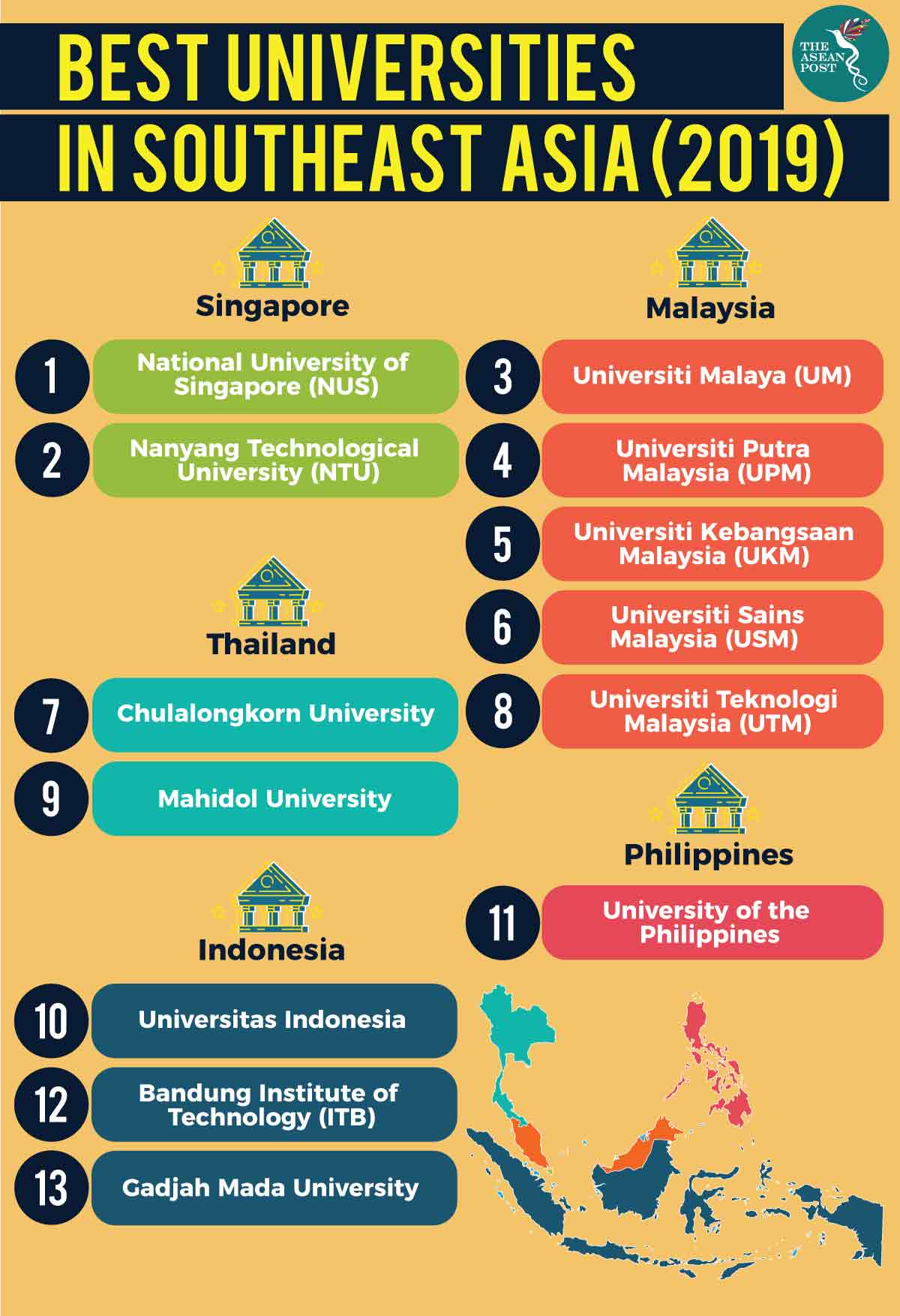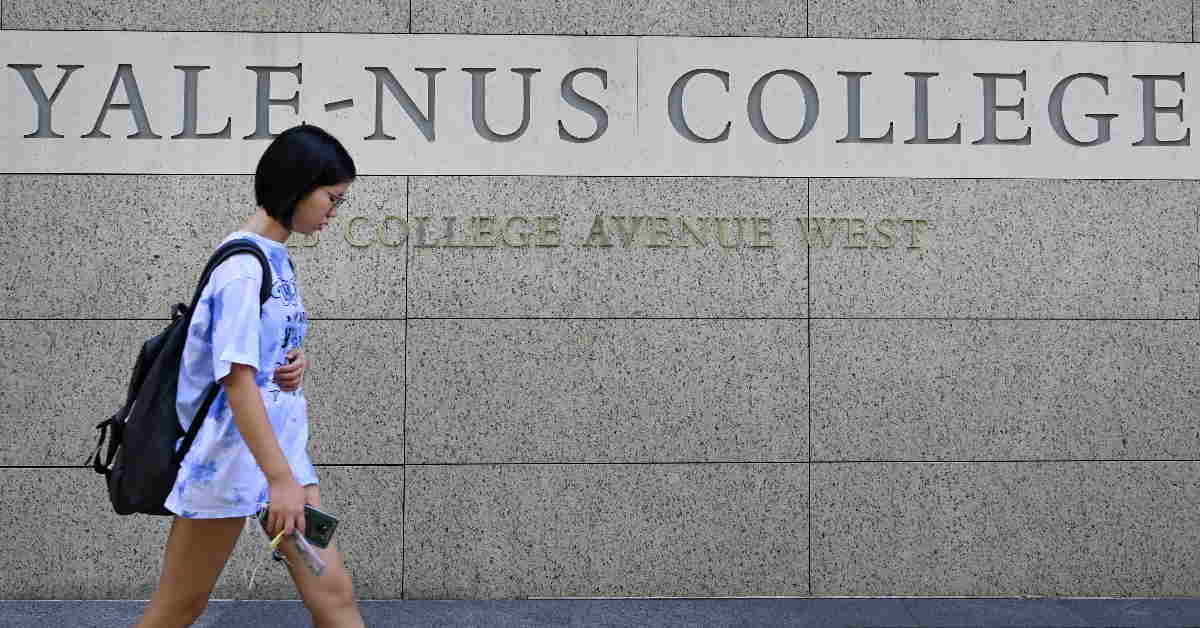Higher education rankings provide a shorthand list of institutions that may provide prospective students and parents with some information on what they’re looking for from a university. It’s an easy way to identify a handful of institutions to do further research in.
Some of the most well-known ranking bodies are the Quacquarelli Symonds (QS), Times Higher Education (THE), Academic Ranking of World Universities (ARWU) and Center for World University Rankings (CWUR).
QS, a UK-based ranking body, has a methodology that is based on six categories: academic reputation (40 percent), employer reputation (10 percent), faculty-student ratio (20 percent), citations per faculty (20 percent), international faculty ratio (five percent) and international student ratio (five percent).
Another ranking body, Times Higher Education uses 13-performance indicators that are grouped into five areas – teaching (30 percent), research (30 percent), citations (30 percent), international outlook (7.5 percent) and industry income, i.e. knowledge transfer (2.5 percent). The Times Higher Education University Impact Rankings are the only global performance tables that assess universities against the United Nations’ (UN) Sustainable Development Goals (SDGs) and is adapted to suit unique attributes of Asian institutions.
The ARWU league tables are published by the Shanghai Ranking Consultancy and is generated by ranking universities according to six indicators.
Southeast Asia’s rankings
The QS World University Rankings 2020 shows that Southeast Asian universities are on the rise. The National University of Singapore (NUS) came out tops in the region.

Malaysian universities also rose up the ranks in the QS world ranking with Universiti Malaya (UM) in 70th spot this year (13th in the QS Asia ranking). Other universities that received high ranking are Universiti Putra Malaysia (UPM) and Universiti Kebangsaan Malaysia (UKM).
“Our goal is, and has always been, to benchmark UM against other outstanding universities around the world with a view for further improvement to help raise the standard of Malaysian higher education,” said Dr Abdul Rahim Hashim, UM vice-chancellor who was happy with UM’s latest ranking.
UPM vice-chancellor Professor Dr Aini Ideris said she was glad because, “this outstanding achievement has allowed UPM to set new goals in its transformation plan, in line with the role of the university and the fundamentals of education.”
Best place to study
Rankings are also increasingly influencing governments, external stakeholders and institutional management as it is useful for aiding decision-making in terms of funding and budgeting research activities. Higher education rankings benefit universities because they serve as a catalyst to attract the best brains and talent looking for a place to teach. The ranking also provides international partners with information on universities for academic collaboration.
Higher ranked universities would be among the choices listed by parents and prospective students.
“Parents look out for rankings on where to send their kids. These universities will be where their kids will spend three or four years of their lives so they need to look into the best ones. These rankings can also determine their future placement in the workplace,” said Malaysian educationist and Parent Action Group for Education (PAGE) chairman, Noor Azimah Abdul Rahim.
She also notes the cons of university rankings.
“The higher the ranking of a university, it will make it harder for students to get in as there will be more applications. Another aspect is the cost of tuition. The higher the ranking of a university means the cost to study can be higher,” Noor Azimah said. She added that higher tuition will allow public universities to generate income without depending too much on the government.
The ranking system is not without its limitations in terms of the methodology of evaluation and it should be noted that it provides only a narrow picture of the whole institution. There is also a lack of awareness about how these ranking systems work among citizens.
Growing fixation
Ranking bodies have different sets of criteria for placing institutions. For example, a 2018 ranking showed NUS ranked 11th on the QS table, 23rd for the THE rankings and 85th in the ARWU. While the ARWU and THE focus more on institutional research output, QS places more importance on surveys and university reputation.
Ellen Hazelkorn, a higher education policy adviser and author of ‘Global Rankings and the Geopolitics of Higher Education’ said that “the biggest negative impact is the assumption that top-ranked institutions are the best.” Different colleges, different students’ requirements and interest are not factored into the ranking criteria.
Looking at a university as a single entity is also a flaw, as it neglects the different strengths and weaknesses of different faculties and programs within the university. Some universities that excel in specific subjects rarely make the rank and ignoring these special faculties because of their placement is foolish. Feedback from professionals would fare better than algorithms in computers.
A growing fixation with rankings among university administrators is also a cause for concern especially when they prefer to place emphasis on research work rather than teaching. Academicians would be pressured to churn out articles for high-impact journals to increase citation counts. Criteria that rely too heavily on citations also makes it harder for universities that don’t use English as their primary language of instruction to rank better. Quality articles can be overlooked when they are published in a foreign language, even when published by legitimate peer-reviewed journals. Furthermore, results and data of peer reputation surveys are not made available to the public.
Ranking agencies, however, say such criticism is unfair because it ignores the incremental changes, they have introduced to their respective metrics in order to make them more sensitive to socio-economic differences among regions. Phil Baty, editor of the World University Rankings, said that “pursuing the metrics of the rankings will directly lead to real-world improvements.” For the betterment of society, a university ranking system should be used as a motivation indicator for improvement.
Rankings should also look from the aspects of critical and analytical thinking while making room for the development and nurturing of Asian concepts and ideas, preparing students to enter the working world and to become good national and global citizens.
Related articles:
